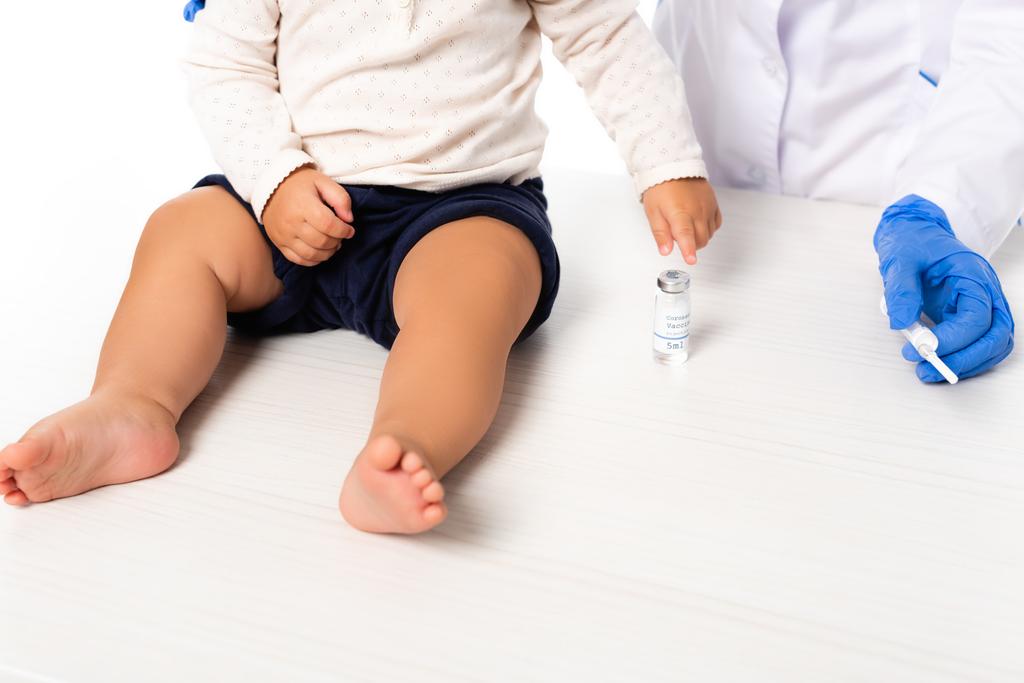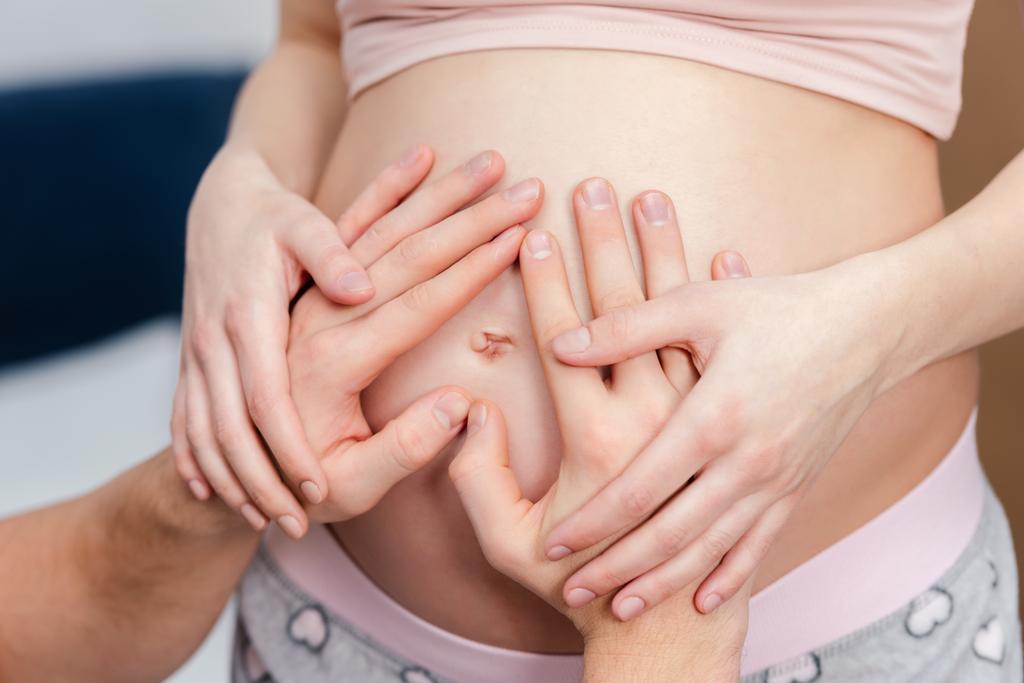Navigating Tiny Tummies: Understanding Hernias in Babies and Toddlers
Babies and toddlers are bundles of joy, but just like adults, they can face health challenges too. One of these challenges is hernias. In this simple guide, we’ll explore what hernias are in the context of little ones, how they happen, and what parents can do to ensure their tiny tots get the best care.
- What is a Hernia in Babies and Toddlers? To put it simply, a hernia in babies and toddlers occurs when a small part of their insides, like a tiny piece of the intestine, pokes through a weak spot in the muscle or tissue that surrounds it. It’s a bit like a little bulge that shouldn’t be there.
- Common Types of Hernias in Babies: Babies can experience different types of hernias, but two of the most common ones are inguinal hernias and umbilical hernias. Inguinal hernias appear as a bulge in the groin area, while umbilical hernias show up around the belly button.
- Why Do Hernias Happen in Babies? Tiny bodies are still growing and developing, and sometimes, little openings or weak spots exist in the muscles or tissues. When a baby cries, laughs, or strains during a bowel movement, the pressure in the tummy can make a small part of the insides pop out through these weak spots, causing a hernia.
- Recognizing Signs and Symptoms: Identifying a hernia in a baby is a bit like detective work for parents. Look out for a visible bulge, especially when your baby is crying or straining. For inguinal hernias, the bulge may be more noticeable when your baby is active. In the case of umbilical hernias, the bulge will be around the belly button.
- When to Seek Medical Advice: If you notice a bulge or any unusual changes in your baby’s tummy, it’s crucial to seek medical advice. Your baby’s pediatrician can perform a thorough examination to determine if it’s a hernia and discuss the best course of action.
- Inguinal Hernias in Boys: In boys, inguinal hernias are more common. This is because there’s a small canal that allows the testicles to move down into the scrotum during development. Sometimes, this canal doesn’t close completely, leaving a weak spot where a hernia can occur.
- Umbilical Hernias around the Belly Button: Umbilical hernias are often seen as a small bulge around the belly button area. This happens when the opening in the abdominal muscle that should close after birth doesn’t completely seal, creating a tiny opening through which a hernia can appear.
- Risk Factors: While hernias in babies are often due to natural factors like the development process, certain factors may increase the risk. Premature birth, low birth weight, and a family history of hernias can contribute, but hernias can still happen to any baby.
- Treatment Options: The good news is that hernias in babies often resolve on their own. However, some may require medical attention. In cases where the hernia doesn’t close on its own or causes discomfort, surgery may be recommended to gently push the protruding part back in and close the opening.
- Watchful Waiting: For many babies with hernias, doctors may recommend a strategy called “watchful waiting.” This involves monitoring the hernia over time to see if it changes or causes any problems. It’s important to follow the pediatrician’s guidance closely during this period.
- Hernia Belts for Babies: In some instances, especially when surgery is not immediately necessary, doctors may suggest using a hernia belt. This is a gentle support device worn over the hernia to provide some relief. However, using such devices should be under the guidance of a healthcare professional.
- Recovery After Surgery: If surgery is needed, the good news is that babies and toddlers tend to bounce back quickly. The surgical procedure is often minimally invasive, and recovery involves keeping a watchful eye on the little one, ensuring they’re comfortable, and gradually returning to normal activities.
- Comfort Measures: Parents play a crucial role in providing comfort to their little ones during and after hernia treatment. Holding and soothing the baby, keeping them entertained with gentle activities, and following postoperative care instructions contribute to a smooth recovery.
- Feeding Considerations: If surgery is required, parents may need to consider feeding practices during the recovery period. Pediatricians will provide guidance on feeding before and after surgery to ensure the baby is comfortable and gets the necessary nutrition.
- Ensuring Proper Hygiene: After surgery, keeping the surgical site clean is crucial. Gently cleaning the area as per the pediatrician’s instructions helps prevent infection and supports the healing process.
- Potential Complications: While complications after hernia surgery in babies are rare, parents should be aware of signs such as persistent swelling, redness, or signs of infection. Seeking prompt medical attention if any concerns arise is essential.
- Supporting Emotional Well-Being: Going through any medical procedure, even a minor one, can be stressful for both babies and parents. Providing emotional support, lots of cuddles, and maintaining a positive atmosphere at home contribute to the overall well-being of the family.
- Follow-up Appointments: After surgery, doctors typically schedule follow-up appointments to monitor the baby’s progress. Attending these appointments ensures that any potential issues are addressed promptly, contributing to a smooth recovery.
- Celebrating Resilience: Babies and toddlers are incredibly resilient. Celebrating their resilience and the support of parents during the process of dealing with a hernia reinforces a positive outlook for the family.
- Communication with Healthcare Providers: Open communication with healthcare providers is key. Parents should feel comfortable asking questions, expressing concerns, and seeking guidance throughout the entire process, from diagnosis to treatment and recovery.
Conclusion:
Understanding hernias in babies and toddlers involves recognizing the signs, seeking prompt medical attention, and providing the necessary support during treatment and recovery. With the guidance of healthcare professionals and the love of caring parents, little ones can navigate through hernias with resilience, setting the stage for a happy and healthy start to life.













